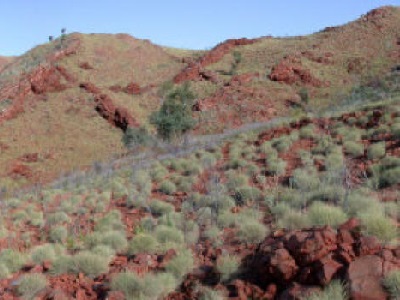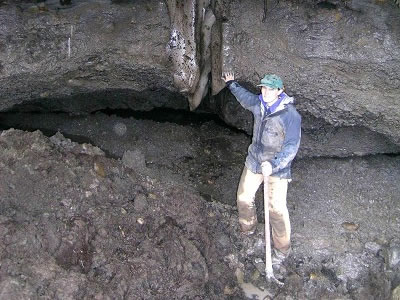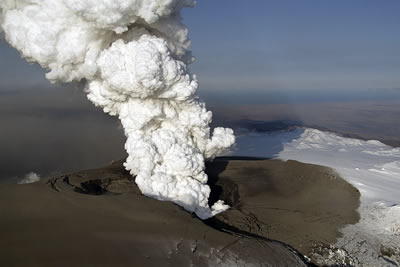Sciences
Although in most places science is taught as different disciplines, actually, it's all connected! In order to do research in the Earth and space sciences - also sometimes called the "geosciences", you need to have a strong background in all the sciences, as well as in mathematics, too. In this section, we have brought together information related to the Earth and space sciences from across our website on the different scientific disciplines. Explore these links to find out more about geology, physics, chemistry, and biology.





Please log in
Science Blogs
Real Climate: climate science from climate scientists

Windows to the Universe, a project of the National Earth Science Teachers Association, is sponsored in part is sponsored in part through grants from federal agencies (NASA and NOAA), and partnerships with affiliated organizations, including the American Geophysical Union, the Howard Hughes Medical Institute, the Earth System Information Partnership, the American Meteorological Society, the National Center for Science Education, and TERC. The American Geophysical Union and the American Geosciences Institute are Windows to the Universe Founding Partners. NESTA welcomes new Institutional Affiliates in support of our ongoing programs, as well as collaborations on new projects. Contact NESTA for more information.





